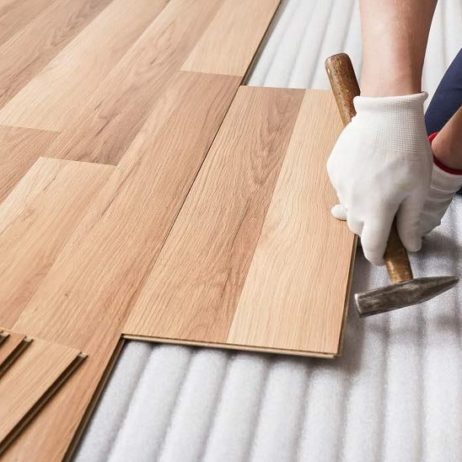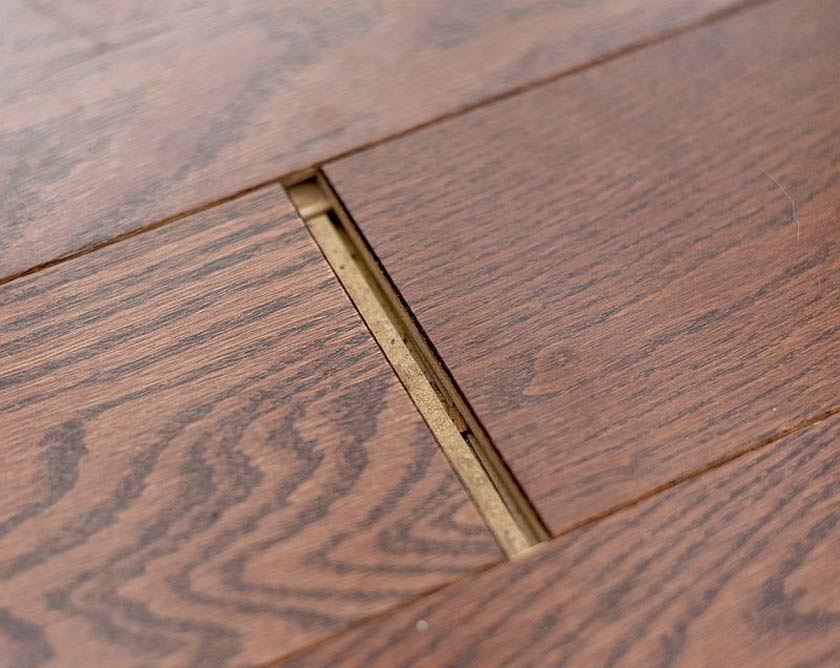
There are several factors to consider when deciding on flooring. While we usually base our decisions on aesthetics, practicality is also important. For your kitchen flooring, you may be faced with two options: You can install it yourself, or you can find flooring that works for you. The latter depends on how comfortable you are with DIY and your new flooring. There are three main ways to install flooring: floating floors, Direct glue-down and Nail down. If you’re interested to know the difference between Glue-down and Floating floor intsallation check this article.
We have put together a series of guides to help you decide what works best for you. For each fixing method, we explain which types of flooring are suitable and the advantages and disadvantages of each. In the first part of this series we look at the installation of Floating Floor.
Floating flooring may seem dubious, but it is a term that simply describes flooring that is not attached to the ground. It does not depend on the connetion to the subfloor. Instead, the floor’s own weight is enough to hold it in place.
If you are installing the floor on concrete, using a proper foundation beforehand will reduce the risk of moisture during the life of the floor.
Luxury vinyl tiles, laminate flooring and engineered wood flooring are all suitable for floating installation. This is due to the tongue and groove system.
Since wood floors are not directly connected to the ground, this gives the floor a very small ‘spring’ and provides a comfortable feel underfoot. This makes floating floors popular in high activity areas such as dance studios. High traffic areas such as the kitchen are also popular options.

In residential applications, floating installations have become very popular due to their time and cost efficiency. Since the flooring does not have to be installed on the floor, there is no need for nails, screws or adhesives. This reduces the amount of time needed to adjust the wood floor. In addition, the shorter installation time means lower installation costs. When you hire a professional installer, saving time also means saving on labor costs. Because of their practicality, floating floors are more adept at controlling frequent fluctuations in temperature and humidity.